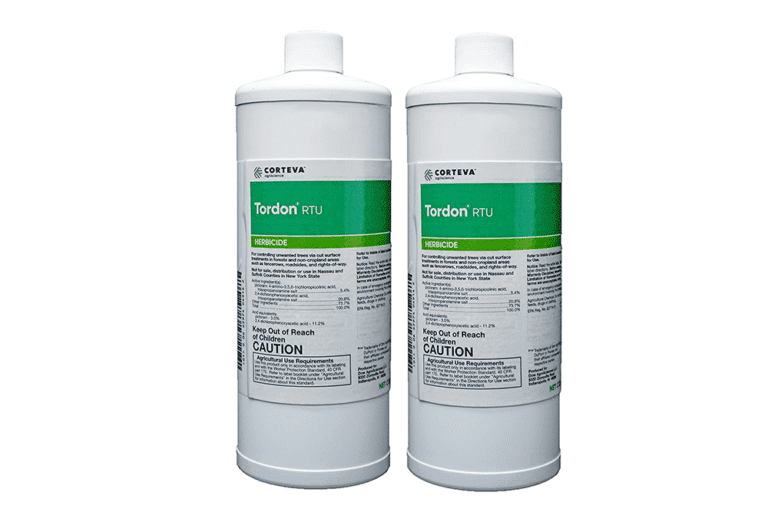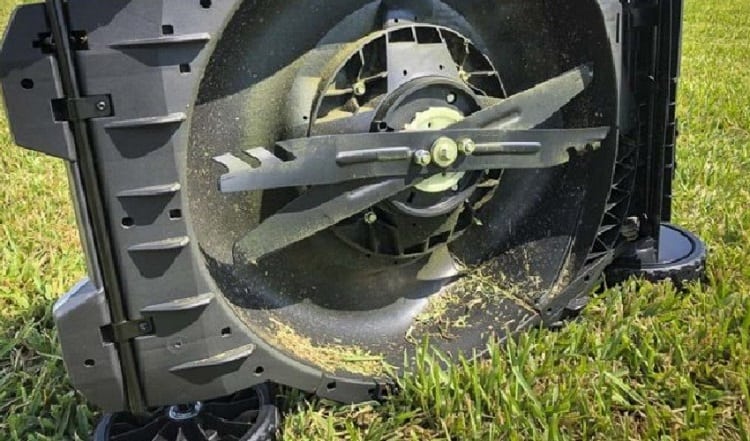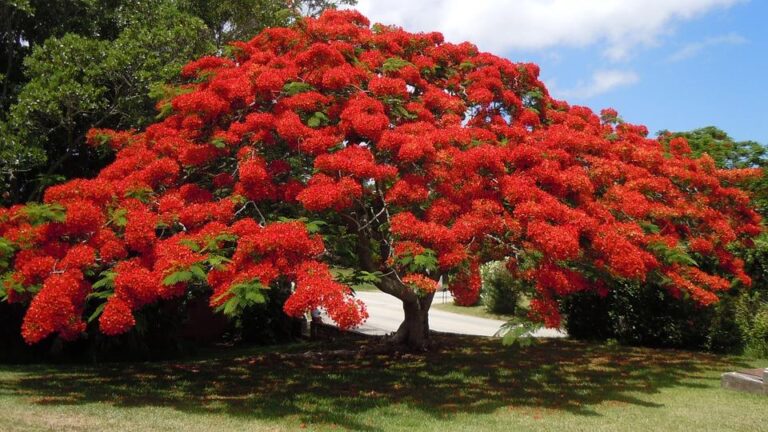Grow Perfect Lawns with the Best Grass Seed for Pennsylvania
Our recommendation for the best grass seed for PA is Kentucky 31 Tall Fescue. Pennsylvania presents several challenges when it comes to picking the best one. There are several hardiness zones, including the country’s transition zone. That can make picking the right grass seed tricky. Continue reading for our picks and some advice for finding the choice that will work for you.
Our Picks for the Best Grass Seed for PA
[wptb id="8262" not found ]How to Choose the Best Grass Seed
When it comes to choosing the best grass seed for Pennsylvania, it’s essential to take into consideration the particular conditions of your site. That means thinking about the amount and type of traffic your lawn has to endure. It will directly impact the grass that you should choose. A high-traffic area like a playground will thrive better with a variety that can handle these stresses.
Likewise, the amount of sun and shade your yard receives can influence your choice. For example, some fescues do better in shady conditions, whereas Kentucky bluegrass prefers sunny or slightly shady areas. Other factors to consider include soil drainage, fertility, and acidity. They can make the difference between a healthy lawn and one that fails to thrive.
You can easily narrow down your choices by running a soil test. You can find these kits online or at your local garden center. Armed with this information, you’ll rule out some species or make soil amendments to suit the grasses you wish to plant. Along with your area’s hardiness zone, you have the essential information you need to pick the best grass seed.
Know Your Zone
Your lawn will thrive best if you pick a grass type that is best suited for your region. The USDA Plant Hardiness Zone Map is an excellent place to start. The site includes an interactive map in which you can view the zones within your state. You can also find your zone by zip code. It’s an excellent tool if your state has multiple hardiness zones.
The hardiness zone tells you the minimum extreme temperature for your area. This information can help you select grasses that are appropriate for the environmental conditions. It doesn’t make sense to choose plants that cannot survive freezing temperatures. Rather, you should opt for grasses that will be able to tolerate your state’s winters for your best chances of success.
For Pennsylvania, hardiness zones range from 5a to 7b, a broad range between -20 to 10 degrees Fahrenheit. Areas north of Pittsburgh, Allentown, and Scranton are on the lower end of this range. However, the best grasses farther north will vary from those in the south. It behooves you to find out what is your particular zone to make the proper selection.
Kinds of Grasses
You’ll find grasses grouped into two basic categories, cool-season and warm-season grasses. The name gives you some indication of which ones do better in certain areas. Cool-season grasses are an excellent choice for the cold Pennsylvania winters that are typical in areas north of zone 7. This zone is considered a general guideline between the two categories of grass.
Cool-season grasses tend to have a finer texture than warm-season varieties. They will often keep their green color throughout the winter except during arid conditions. These grasses thrive best if you keep them longer than the shorter and coarser warm-season grasses. There is a wide selection of cool-season grasses from which you can choose.
While there are about 7,500 species of grasses in the world, only a few dozen are suited for turf use. A lot of variation exists among the different types including growth patterns, environmental conditions, and optimal soil temperatures. Kentucky bluegrass, for example, will germinate once temperatures reach 59 degrees Fahrenheit. Perennial ryegrass prefers it warmer at 68 degrees.
Compatibility Among Grasses
Even within a particular grass species, you’ll find differences between individual cultivars to give you an even broader range of options. Grasses vary in aggressiveness and tolerance for extreme environmental conditions like drought. An aggressive plant is one that grows rapidly and can dominate a lawn which may or may not be desirable. That brings up the issue of compatibility.
Some grasses like creeping bentgrass don’t play nice with other turf grasses. With plants like this one, the grass ends up becoming a weed. The problem is that they grow so quickly and so dense that they shade out other plants. You typically won’t find these grasses in grass seed mixtures. Instead, you’ll see them sold as a single species to avoid out-competing others.
This video from the Iowa State University Extension and Outreach explains the right way to seed your lawn.
The Pennsylvania Challenge
Southern Pennsylvania faces a unique challenge when it comes to establishing a healthy lawn. This area is part of the country’s transition zone between the cooler areas to the north and the warmer ones of the south. That means choosing the best grass seed may be difficult when trying to balance the need for a winter hardy grass and one that is tolerant of warmer temperatures.
If you live in this region, you may want to consider contacting your cooperative extension service to get specific recommendations about which species or cultivars you should plant. In these cases, you might find a grass seed mixture a better option that a single species of grass. That way, if environmental conditions sway either way, you’ll at least have a grass that can survive.
You should lean toward grasses that tolerate a variety of conditions for best success. Fescues and bluegrasses do well with the changing demands of temperate zone climates. Other cool-season grasses include bentgrasses and ryegrasses. They vary in their tolerance of traffic and severe climate stress on both ends of the spectrum.
Our Recommendation: Kentucky 31 Tall Fescue
Like many states, Pennsylvania includes several hardiness zones which complicates narrowing it down to one choice. Also, there’s the transition zone that includes the southern portion of the state. Everything considered, we opted for the winter hardiness of a cool-season grass and one that could handle cool subtropical climates to meet both challenges. We quickly found a standout product from the bunch.
Kentucky 31 Tall Fescue offers an excellent choice for a grass that will do well in sunny conditions and handle heavy traffic. It is tolerant of dry conditions too which makes it a good fit for those tricky transitional regions. There’s a reason that this bunch-type grass is prevalent in the Northeast. Tall fescue isn’t compatible with other kinds of grasses, so it’s best on its own.
Finding the right grass for your yard is a matter of balancing the use of your yard with its conditions. If you keep these things in mind, you can pick grass seed that will give you a lush and hardy lawn. Our pick for the best grass seed for PA delivers a suitable choice in a state that has a broad spectrum of environmental conditions.





